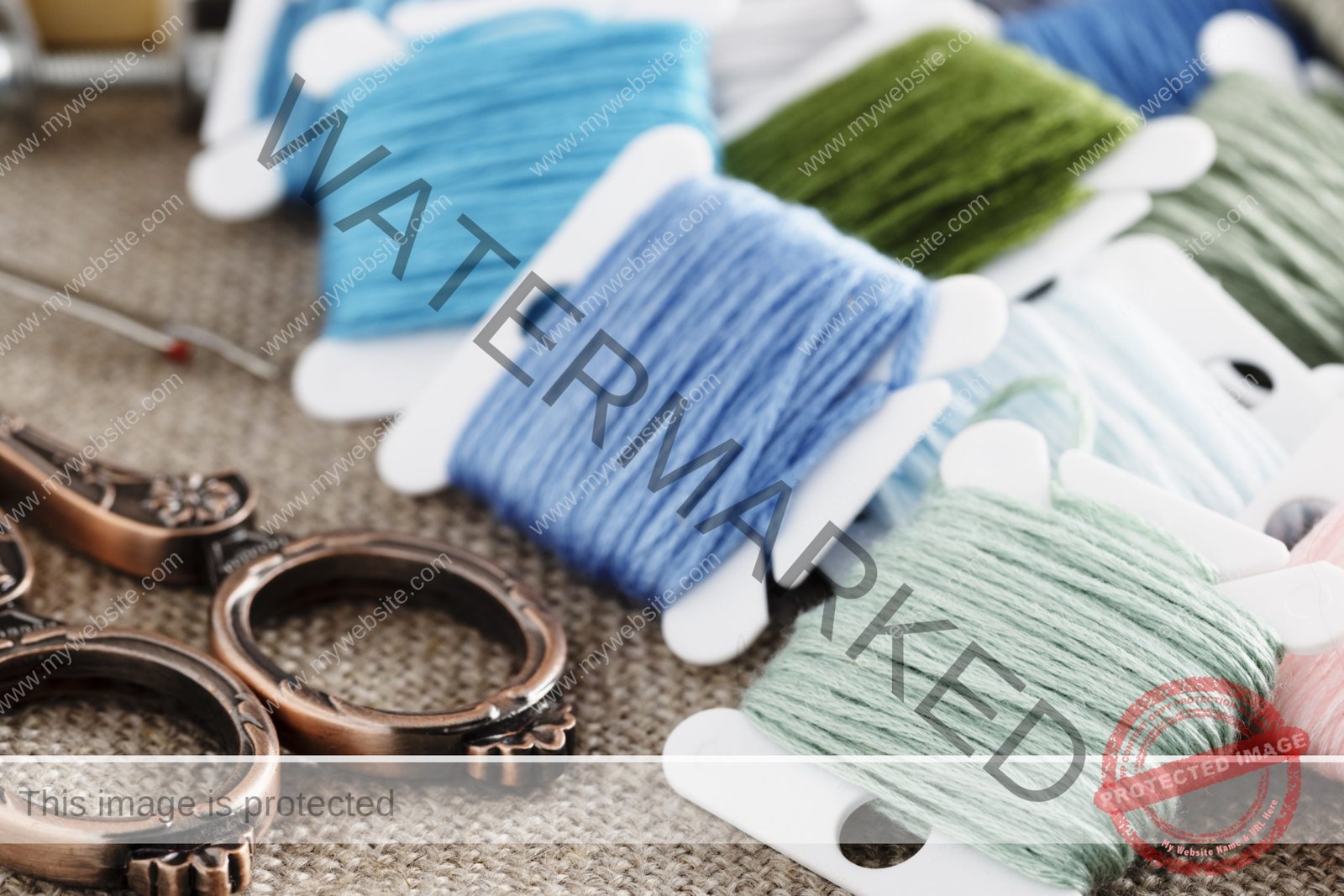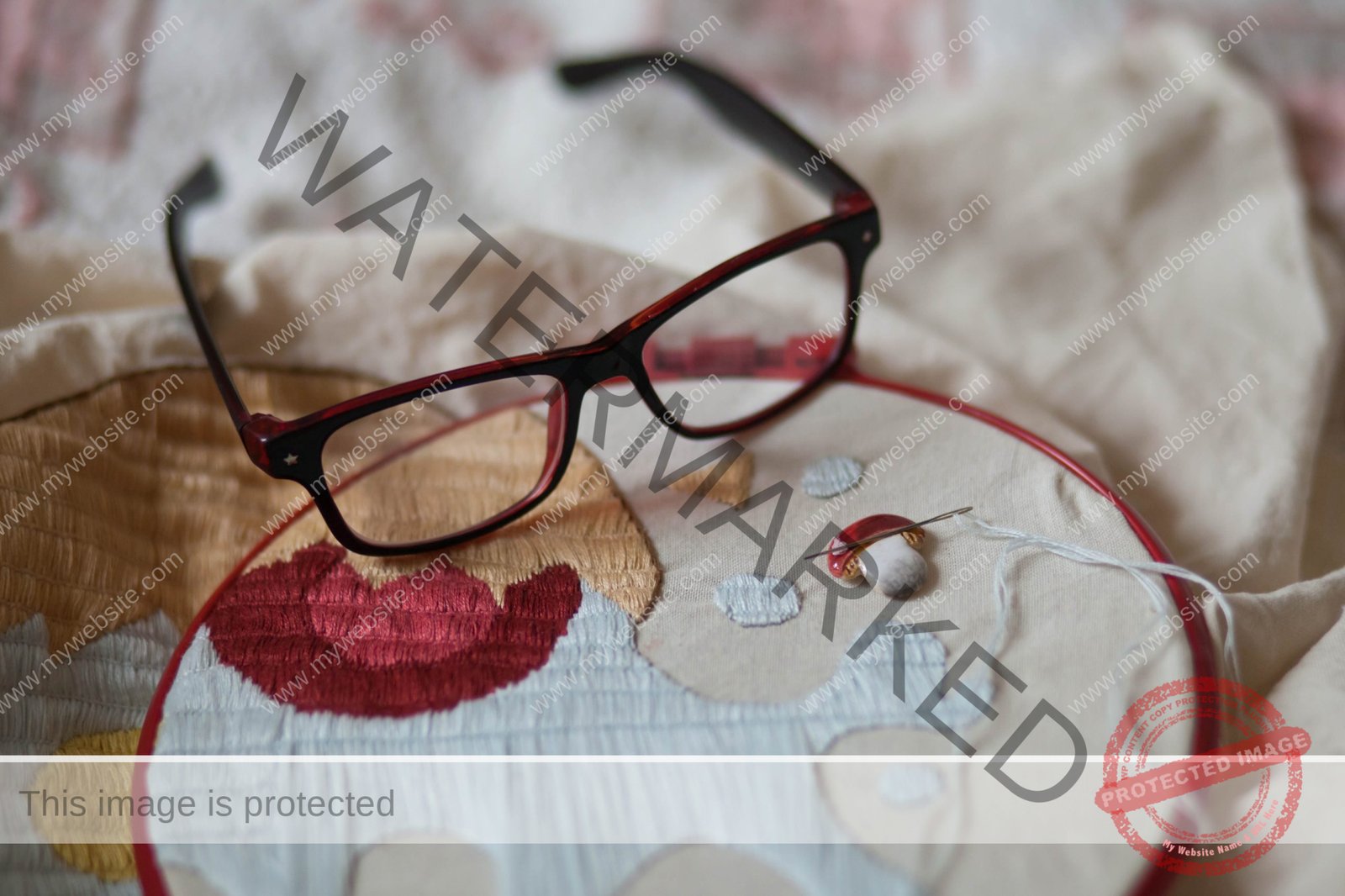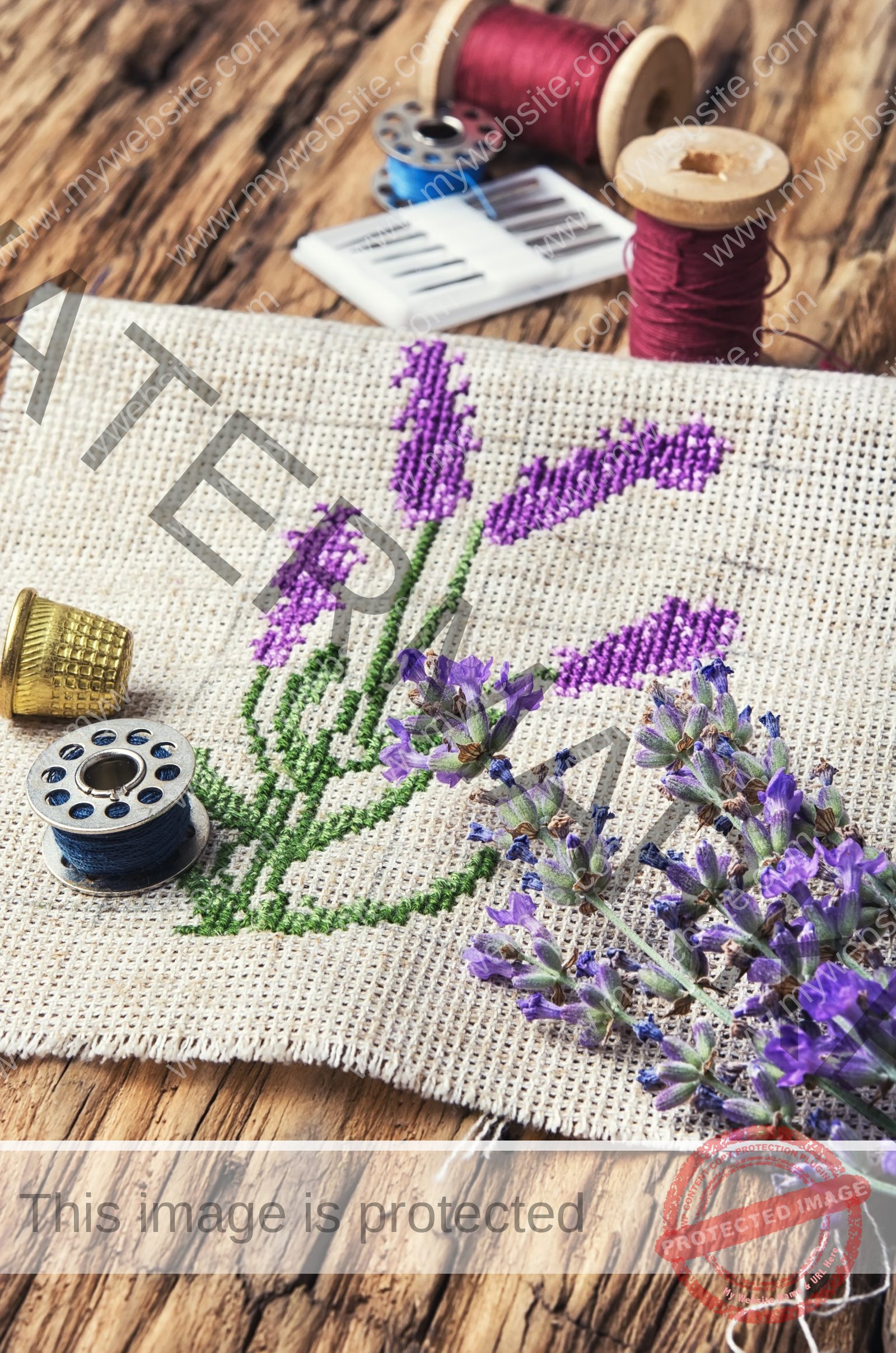Moroccan Embroidery
According to historians, Moroccan hand embroidery originated from the Berber culture as the tattoo styles and henna designs of the Berber women’s tattoos are well reflected in Moroccan Embroidery today. Handmade Embroidery is one of the artworks Moroccan women proudly make. It is a distinctive form of handcrafted art. Handmade Embroidery is a piece of art that looks simple from the outside but isn’t straightforward in how it is made.
Special attention is given to this kind of artifact in Morocco. Thus, some associations and cooperations promote this unique artwork. This is to keep this unique Moroccan tradition from rapidly fading and disappearing. Therefore, this historically preserved traditional art passes its legacy to the younger generation.
Advertisement
Delicate Embroidery plays a significant role in Moroccan society and culture. It has been recognized as a cultural art and has received support to remain a long-life Moroccan tradition. Embroidery is part of Moroccan women’s identity. It is incorporated in linens and articles of clothing in almost every home.
Here are some facts about Moroccan Embroidery:
- Embroidery is made from a carefully picked fabric. These fabrics are made with quality cotton that is soft and delicate.
- Embroidering using handmade techniques remains the most authentic art passed from generation to generation.
- Besides being a source of income, embroidering is used for social interaction among women while showing their creativity.
- Embroidery was mainly made at home. It used to be just general housewife skills and for personal home use. Recently, Sewing machine embroidery has been taking over handmade techniques.
- It is a piece of art you will see when visiting local markets and small shops in Morocco. Thus, some Moroccan women became successful business owners in Embroidery.
- Many successful fashion designers took Embroidery to the next level. Thus, some women integrated embroidery art into contemporary art and began to grow and expand it to introduce it to the world market.
It is highly decorative and used widely in Morocco as part of artistic expression. It is used to decorate a variety of items.
The embroidery artworks are being integrated into the following:
- Napkins, cushions, pillowcases, scarves
- Tablecloths, handkerchiefs, Djellaba valances
- Long dresses. shawls,
- chest covers, bed covers, and many more
One of the most common uses of embroidery clothes is on the evening of her wedding. This is when the bride wears embroidered garments and clothing with unique designs. It is also used in baby showers when the baby receives a gift. Those are delicately embroidered artifacts such as pillows, etc.
When making Embroidery, some women do not mark the cloth before stitching it. Also, the stitching process is a mix of cross-stitch and straight-stitch. This technique is so impressive and makes this artifact both stunning and unique. Thus, the Embroidery is a piece of art that presents a unique look wherever it is applied.
Moroccan embroidering is well-known internationally. Thus, there is some pressure put on the products of this artifact. For this reason, Sewing Machine Embroidery is becoming more popular. Machines are used to increase the speed of production while reducing costs.
Fez Embroidery
Fez embroidery is a type of Embroidery that is unique in its construction, as it is made so that it is impossible to tell which side is the front or the back. This is because there are no knots underneath the fabric, and the threads are worked so they are entirely hidden from view. The result is a beautiful, seamless finish that is both durable and long-lasting.
Fez embroidery is characterized by its intricate patterns and designs, which can be floral or geometric. These patterns are created using a variety of stitches, including straight stitches, chain stitches, and buttonhole stitches. The choice of stitch and pattern will depend on the type of design being created, as well as the skill and experience of the embroiderer.
Overall, Fez embroidery is a stunning and unique form of needlework requiring much skill and patience. Whether you are a novice embroiderer or an experienced needleworker, this Embroidery style will surely impress and inspire.
Some of the most common embroidery colors in Fez are:
- Blue, green ( most dominant)
- Red, Maroon (less prevalent)
- Multicolors ( common)
Rabat Embroidery
The capital city of Morocco, Rabat, boasts a special and unique form of Embroidery that is highly admired by locals and visitors alike. Known for its striking beauty and intricate designs, this type of Embroidery is primarily crafted using white cotton fabric, the perfect canvas for its colorful, vibrant threads. Using floss silk thread in a single color adds to the elegance of the Embroidery and creates a striking contrast against the white fabric. Both floral and geometric patterns are commonly featured in this type of Embroidery, adding to its versatility and appeal. The stitches used in this Embroidery are carefully placed closer together, creating a dense, solid design that is visually stunning and highly durable. Overall, Rabat’s Embroidery is a true testament to the skill and creativity of the Moroccan people and is a must-see for anyone visiting this vibrant and culturally rich city.
Some of the most common colors are:
- Deep blue
- Old gold and red
Berber Embroidery
Embroidery has a long and rich history in Morocco, with the Berbers being its originators. The art of Embroidery has its roots in the ancient tradition of tattooing, which was prevalent throughout Morocco’s history. Berber Embroidery is the symbolic legacy of the first nation of Morocco, and it has been passed down through generations for centuries.
The embroidery motifs used by the Berbers are often greenish-blue geometric designs, similar to the ones used in their traditional tattoos. In Berber culture, tattoos are a rite of passage and are commonly done on the face, hands, and ankles after puberty. Therefore, it is not surprising that the embroidery patterns used by the Berbers also resemble these tattoos.
The Berber embroidery is an artistic expression and carries deep cultural and social significance. It is a way of preserving their cultural heritage and identity and a means of communication. Each embroidery pattern has a story to tell, often reflecting the wearer’s social status, personality, and beliefs.
Overall, Berber Embroidery is a beautiful and intricate art form that has stood the test of time. It is a testament to the creativity and ingenuity of the Berber people and a valuable contribution to Morocco’s cultural heritage.
The most common use of embroidering is on:
- Headscarves, Flatweave
- Rugs, pouches
- Bags, clutches
Some Berber women wear embroidered clothing daily. Others wear them on special occasions such as wedding ceremonies.
Gold Thread Embroidery
This type of Embroidery is primarily made in the city of Fez. It is the most decorative and fancy Embroidery used exclusively for celebrations and significant events. These include weddings, festivals, and other special occasions.
It is specially embroidered on many materials, such as:
- Velvet, Leather, Kaftans
- Silk clothing.Cushions,
- Slippers, Wall hangings
The technique that is followed and used in gold threading is couching. The most popular designs of gold thread embroidery are teardrops, floral patterns, and circles.






[…] Embroidery […]
Comments are closed.